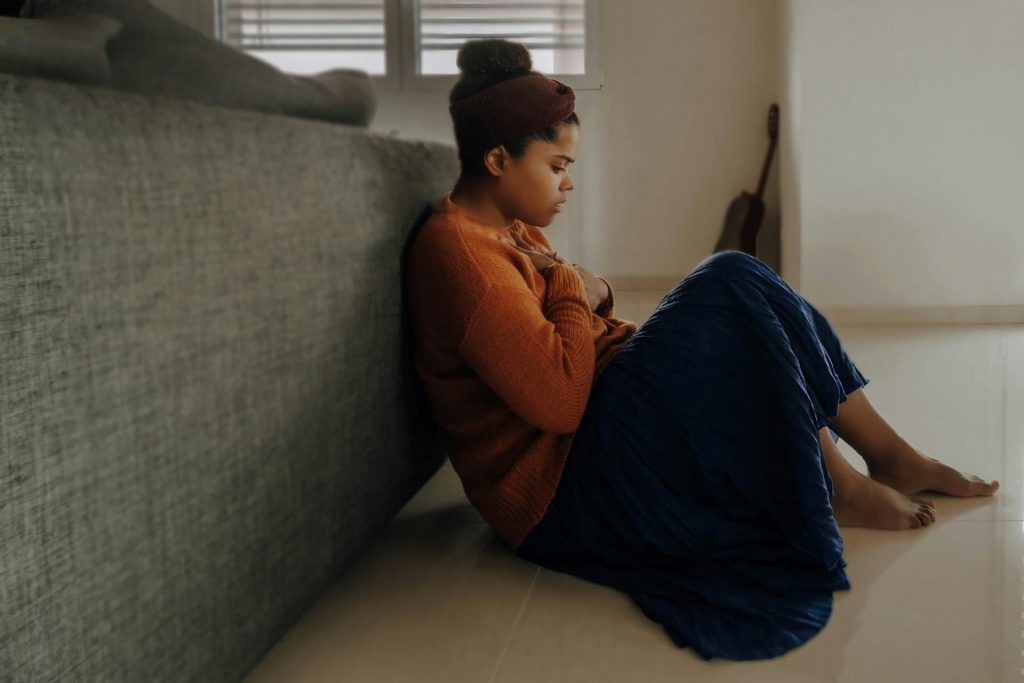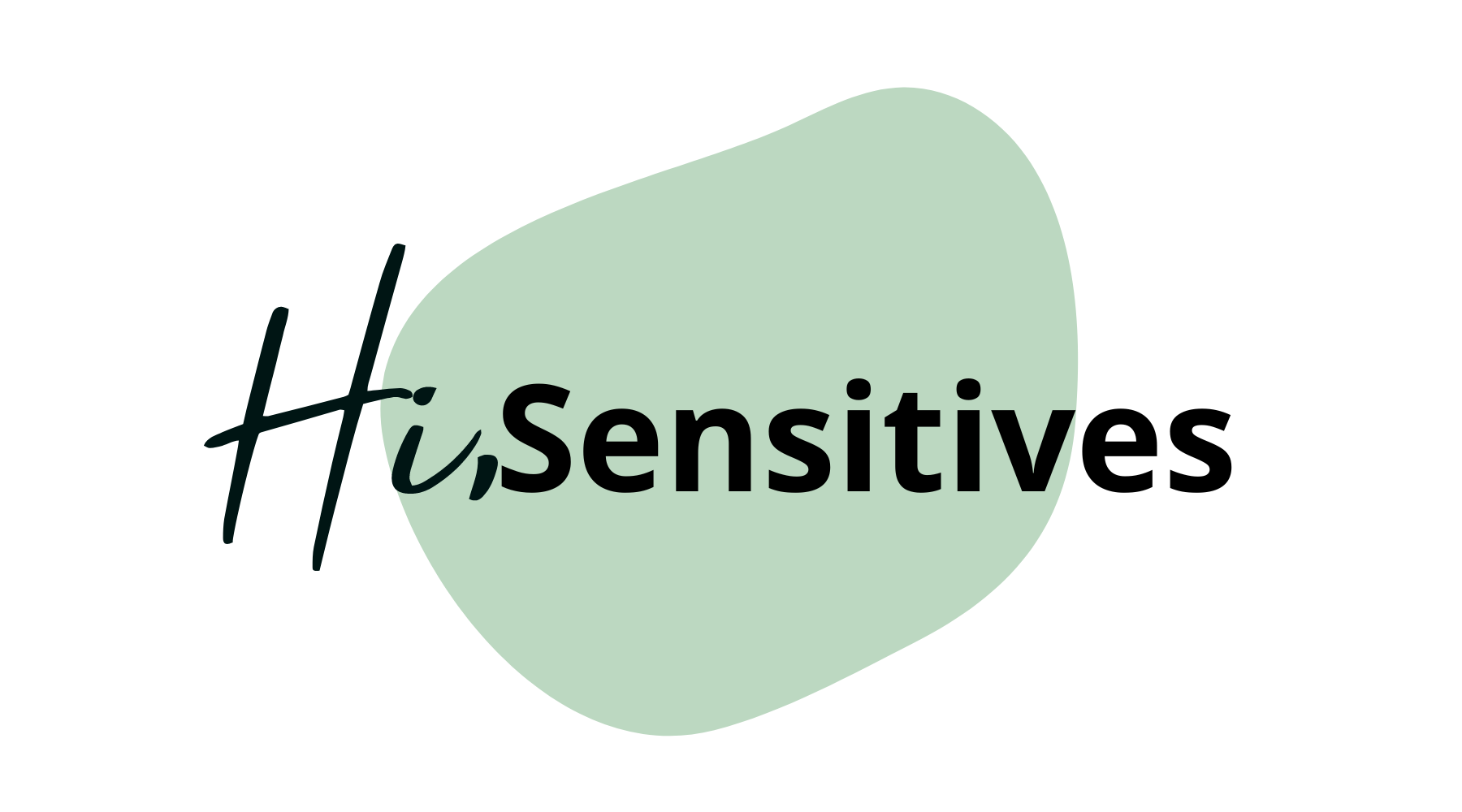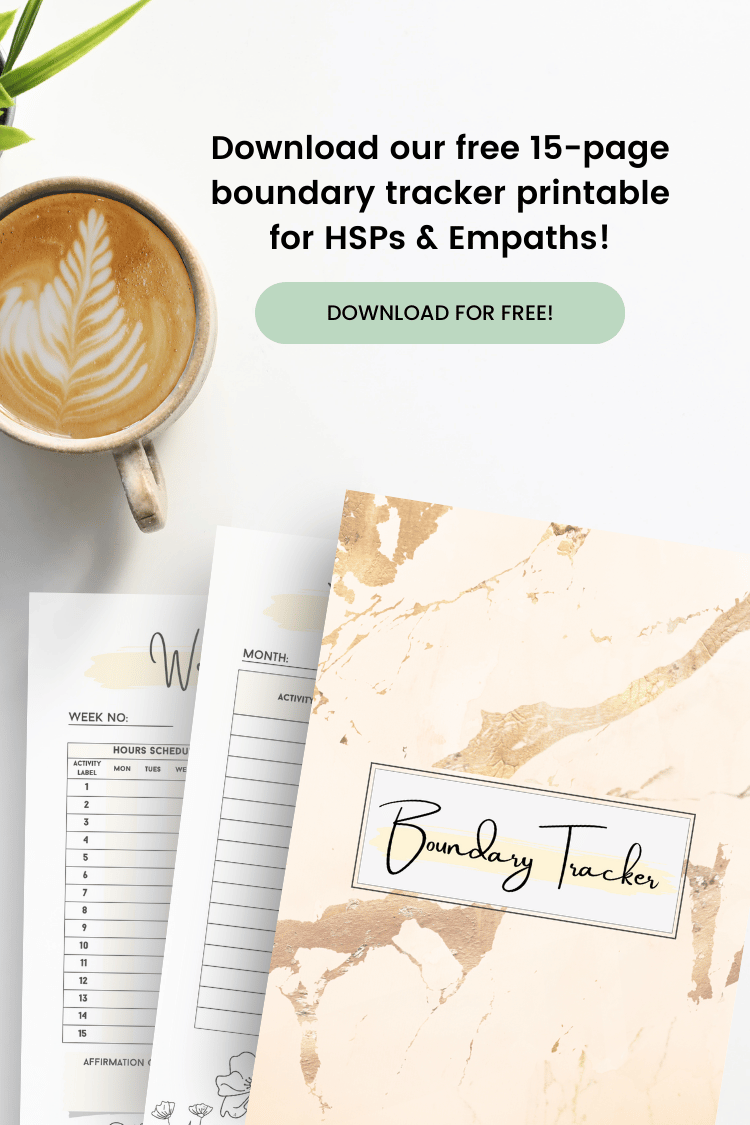Struggling with lower back pain? In this article, we share common symptoms and how it connects to highly sensitive people.
Estimated reading time: 6 minutes
Lower back pain is a common ailment that affects millions of people worldwide. It is a leading cause of disability, preventing many individuals from engaging in work and daily activities.
The impact of lower back pain is profound, not only causing physical discomfort but also leading to emotional stress and decreased quality of life.
Understanding the causes and solutions of lower back pain is essential for managing and preventing this widespread condition.
Understanding Lower Back Pain
Lower back pain can be defined as pain or discomfort in the lower part of the spine, often accompanied by stiffness or muscle spasms. It can be classified into two main types: acute and chronic.
Acute lower back pain typically lasts for a few days to a few weeks and is often the result of a sudden injury or strain. Chronic lower back pain persists for 12 weeks or longer, even after the initial injury or underlying cause has been treated.
Common Symptoms and When to See a Doctor
The symptoms of lower back pain can vary from a dull, aching sensation to a sharp, stabbing pain.
Other symptoms may include limited range of motion, difficulty standing up straight, and pain that radiates down the legs.
It is crucial to seek medical attention if the pain is severe, lasts for more than a few weeks, or is accompanied by symptoms such as fever, unexplained weight loss, or numbness in the legs.
Common Causes
Here are some common causes of lower back pain:
Mechanical Issues and Injuries
Mechanical issues and injuries are among the most common causes of lower back pain. These can include muscle strains and ligament sprains resulting from lifting heavy objects improperly, sudden movements, or accidents.
Injuries to the vertebrae or intervertebral discs, such as fractures or herniated discs, can also lead to significant pain. Overuse injuries, often seen in athletes or individuals with physically demanding jobs, contribute to the prevalence of lower back pain.
Lifestyle Factors
Several lifestyle factors can contribute to the development of lower back pain. Poor posture, whether sitting, standing, or sleeping, can place excessive strain on the lower back muscles and spine.
A sedentary lifestyle, characterized by prolonged periods of inactivity or sitting, weakens the core muscles that support the spine, increasing the risk of pain and injury. A lack of regular exercise can lead to muscle imbalances and reduced flexibility, further exacerbating lower back issues.

Medical Conditions
Various medical conditions can also cause or contribute to lower back pain. Arthritis, particularly osteoarthritis, can lead to the degeneration of the spine’s joints, resulting in pain and stiffness.
Herniated discs occur when the soft tissue inside a spinal disc protrudes through a crack in the tougher exterior, irritating nearby nerves and causing pain.
Other conditions, such as spinal stenosis (narrowing of the spinal canal) and scoliosis (abnormal curvature of the spine), can also lead to chronic lower back pain.
The Connection Between Lower Back Pain and Highly Sensitive People
Wondering if there is a connection between lower back pain and being an hsp? Below, we explore some potential links.
Emotional Stress and Physical Pain
Highly sensitive people and empaths often feel emotions more intensely and may absorb the emotions of others. This heightened emotional sensitivity can lead to increased stress and anxiety, which are known contributors to muscle tension and pain, particularly in the lower back.
Psychosomatic Symptoms
HSPs and empaths are more prone to psychosomatic symptoms, where emotional or psychological stress manifests as physical pain. Lower back pain can be one such symptom, reflecting underlying emotional distress.

Sensitivity to Environmental Factors
HSPs and empaths may be more sensitive to environmental factors such as noise, light, and even ergonomics. Poor ergonomic setups at work or home can contribute to lower back pain, and their heightened sensitivity can make them more aware of and affected by such factors.
Nervous System Sensitivity
The nervous system of HSPs and empaths is typically more sensitive, leading to an amplified response to pain stimuli. This means that they may experience pain more intensely or for longer durations compared to those who are less sensitive.
Lifestyle and Coping Mechanisms
The coping mechanisms adopted by HSPs and empaths to manage their sensitivity can sometimes inadvertently contribute to physical issues. For example, spending prolonged periods in a sedentary state to avoid overstimulation can lead to weakened back muscles and pain.
Addressing Lower Back Pain in Highly Sensitive People and Empaths
So, how can you make sure to reduce or avoid back pain?
Stress Management Techniques
Practicing stress management techniques such as mindfulness, meditation, and deep breathing exercises can help reduce emotional stress and its physical manifestations, including lower back pain.
Ergonomic Adjustments
Ensuring proper ergonomic setups at work and home can help mitigate physical strain on the lower back. This includes using supportive chairs, maintaining good posture, and taking regular breaks to move and stretch.
Physical Activity and Exercise
Engaging in regular physical activity, particularly exercises that strengthen the core and improve flexibility, can help support the lower back and reduce pain. Activities like yoga and Pilates are especially beneficial for HSPs and empaths.
Emotional Support and Therapy
Seeking emotional support through therapy or support groups can help HSPs and empaths manage their emotional sensitivity and reduce the psychosomatic impact on their physical health. Cognitive-behavioral therapy (CBT) can be particularly effective in addressing the mind-body connection.
By understanding and addressing the unique challenges faced by highly sensitive people and empaths, it is possible to manage and alleviate lower back pain more effectively. Incorporating both physical and emotional wellness strategies is key to achieving overall well-being.
Key Points
Lower back pain is a prevalent condition that significantly impacts individuals’ lives. Understanding the causes, such as mechanical issues, lifestyle factors, and medical conditions, is crucial for effective diagnosis and treatment.
Preventive measures, including maintaining good posture, regular exercise, and proper ergonomics, can help reduce the risk of developing lower back pain. For those living with chronic pain, coping strategies, pain management techniques, and support systems are vital for improving quality of life.







